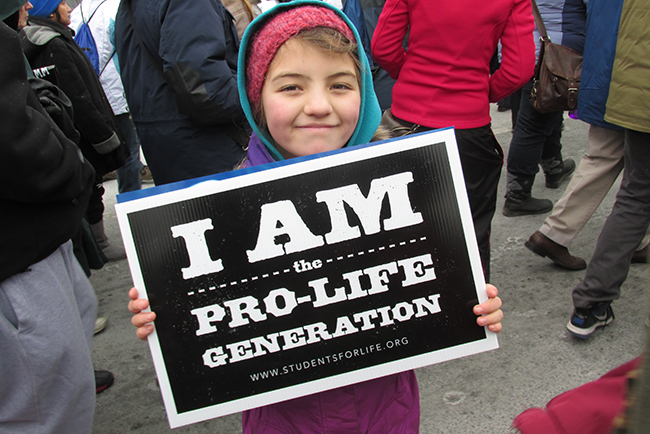 |
| Photo: Joshua Roberts/REUTERS |
The strongest limits on abortion are likely to be struck down and never reach the Supreme Court.
The Supreme Court completed its term in June with no major changes to its longstanding holding on abortion. Instead, changes to abortion law this year have taken place in states, and that’s how it should be.
The 2019 state legislative sessions have shown that federalism is as important as ever to our republic. Blue states moved to legalize abortion on demand throughout (and even after) pregnancy, while red states moved to adopt strong limits on abortion, all in the expectation that the Supreme Court may soon overturn Roe v. Wade. So much for the claim that Roe is “settled.”
But will any of the pro-life laws enacted this year create a decisive test case that will overturn Roe, as some legislative sponsors hope? State legislators need to keep three legal factors in mind:
• The states can’t force the court to hear a case. The justices have virtually absolute discretion as to which cases they hear, on what time frame, and whether they ever hear some issues. They can be very selective. Since December the justices have refused to hear four abortion cases: Medicaid-funding cases from Kansas and Louisiana, a prohibition on abortion for discriminatory reasons from Indiana, and a prohibition on dismemberment abortion in the second trimester from Alabama.
• The court will have numerous opportunities to hear abortion cases in coming years. There are more than 40 abortion cases in the lower federal courts, involving many different types of regulations and partial prohibitions, and the court will have the opportunity to hear many of those in the next few years. Legislators should carefully consider the goals of their bill and whether they can be effectively achieved.
• The court does not need an outright abortion prohibition to re-examine Roe v. Wade. The justices could re-examine Roe with any abortion law that arguably conflicts with Roe. That could include parental notice or consent, ultrasound, informed consent or health and safety regulations. The court re-examined Roe in Webster v. Reproductive Health Services (1989) and Planned Parenthood v. Casey (1992), neither of which involved an abortion prohibition.
The justices might be more inclined to address Roe in a case with an abortion limit that is supported by a local majority, rather than a strict prohibition on early abortions. The court’s decisions upholding state laws are typically mischaracterized in the media as “approval,” as though the justices have endorsed the law. Yet the real question is whether the laws are constitutional, not whether the justices agree with the state policy. The justices may not wish to be so mischaracterized, and they can avoid that scenario by selecting cases carefully.Read the rest from Clarke D. Forsythe HERE.
If you like what you see, please "Like" us on Facebook either here or here. Please follow us on Twitter here.


No comments:
Post a Comment